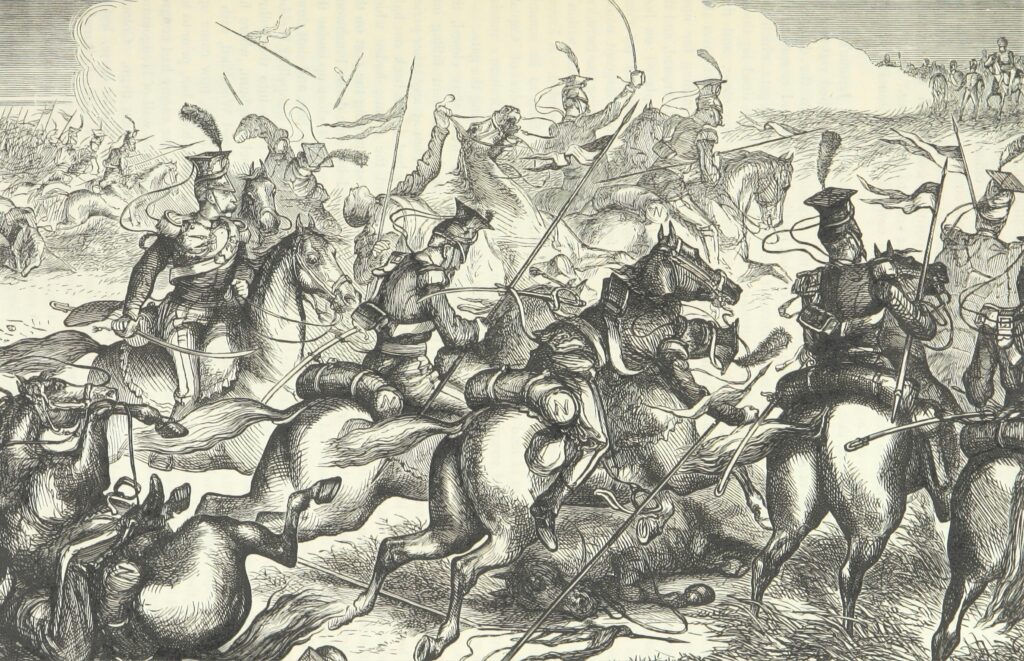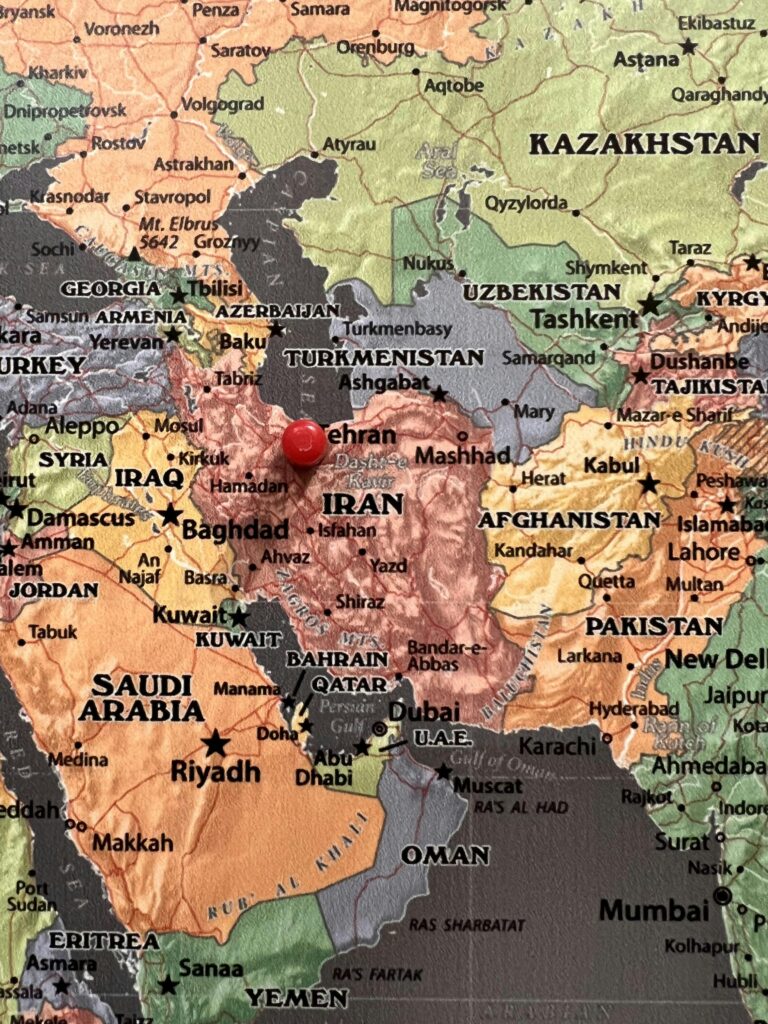In an increasingly interconnected world, military alliances remain pivotal in shaping the balance of global power. Far from relics of the Cold War, these strategic partnerships influence everything from regional security to international diplomacy. As nations navigate complex threats and shifting geopolitical landscapes, understanding how alliances like NATO, the Quad, and emerging coalitions impact global power dynamics is more essential than ever. In this article, we’ll explore the role military alliances play today, unpack the motivations behind them, and examine their far-reaching consequences on world affairs.
Table of Contents
- The strategic role of military alliances in contemporary geopolitics
- Balancing power and influence through regional defense partnerships
- The impact of military alliances on global security architecture
- Recommendations for fostering resilient and adaptable alliance frameworks
- Closing Remarks
The strategic role of military alliances in contemporary geopolitics
In an era defined by rapid geopolitical shifts and evolving security challenges, military alliances have transcended traditional defense pacts to become pivotal instruments of global influence. These alliances facilitate not just collective security but also serve as platforms for diplomatic leverage, economic partnerships, and technological collaboration. Through shared intelligence, joint military exercises, and coordinated strategic planning, member nations enhance their deterrence capabilities against emerging threats such as cyber warfare, terrorism, and regional conflicts. This interconnectedness often results in a power multiplier effect, amplifying both regional stability and the global reach of the alliance members.
Key dimensions where alliances assert influence include:
- Geostrategic positioning: Military alliances enable the projection of power into critical regions, influencing maritime routes, airspace, and border areas.
- Political signaling: The formation or expansion of alliances sends clear messages to rival powers about the unity and resolve of member states.
- Resource pooling: Combined resources foster innovation in defense technologies and better logistics management, reducing individual burdens.
- Conflict deterrence and crisis management: Mutual defense commitments serve as robust deterrents, often preempting conflicts or enabling rapid coalition responses.
Balancing power and influence through regional defense partnerships
In today’s intricate geopolitical landscape, nations increasingly rely on regional defense partnerships to maintain a delicate equilibrium of power. These alliances, often rooted in shared security concerns and historical ties, serve as strategic tools for projecting influence without escalating direct confrontations. By collaborating on intelligence sharing, joint military exercises, and coordinated defense strategies, countries create a network of interdependencies that not only fortify regional stability but also act as buffers against external threats.
Key elements that underscore the effectiveness of these partnerships include:
- Collective deterrence: Amplifying defensive capabilities reduces the likelihood of unilateral aggression.
- Resource optimization: Pooling military assets and technologies enhances operational efficiency.
- Political leverage: Joint defense commitments often translate into stronger diplomatic influence on the global stage.
- Adaptable frameworks: Flexible agreements allow for quick responses to emerging threats and shifting alliances.
By weaving themselves into regional security architectures, nations carefully balance their ambitions with the necessity for cooperation. This balance acts as a counterweight to unilateral power grabs and promotes a multipolar world order where influence is shared, contested, and negotiated through dynamic partnerships rather than brute force alone.
The impact of military alliances on global security architecture
Military alliances have long been pivotal in steering the course of international relations, acting as both deterrents and catalysts within the global security ecosystem. These strategic partnerships often recalibrate power balances, compelling nations to reconsider their diplomatic and defense postures. Alliances foster collective defense mechanisms that project strength beyond any single country’s capability, creating a security umbrella that deters potential aggressors and stabilizes volatile regions. However, the intertwining of national interests through these partnerships can also amplify competition and heighten tensions among rival blocs, particularly in an era marked by multipolarity and emerging security challenges.
Modern alliances extend beyond traditional military cooperation, incorporating intelligence sharing, joint technological development, and coordinated responses to non-conventional threats such as cyber-attacks and terrorism. Some key traits that define their influence today include:
- Enhanced interoperability: Standardizing procedures and equipment to ensure seamless joint operations.
- Strategic deterrence: Aligning capabilities to present unified stances that discourage adversarial actions.
- Geopolitical leverage: Using alliance membership as a platform to negotiate on broader economic and political fronts.
- Adaptive frameworks: Evolving agreements to address emerging challenges beyond conventional warfare.
As the world navigates an increasingly complex security landscape, these alliances are not only military tools but pivotal diplomatic instruments shaping global order and power dynamics.
Recommendations for fostering resilient and adaptable alliance frameworks
To ensure military alliances remain robust amid shifting geopolitical landscapes, flexibility must be embedded into their very frameworks. This entails crafting agreements that not only set clear mutual defense commitments but also allow for adaptive mechanisms in response to emerging threats and technological advancements. Regular strategic reviews and scenario simulations can keep member states aligned and prepared to pivot when necessary. Moreover, fostering transparent communication channels helps to preempt misunderstandings and build trust, reinforcing the alliance’s collective resilience.
Another cornerstone is the cultivation of interoperability—not just technologically but operationally and culturally. Investing in joint training programs and sharing intelligence seamlessly strengthens cohesion and responsiveness during crises. Alliances should also prioritize inclusion of diverse perspectives, bringing in newer or smaller member states as active partners rather than peripheral participants. This inclusive approach enriches strategic thinking and bolsters adaptability in an unpredictable global order. Key tactics include:
- Establishing modular command structures that can scale up or down based on the mission.
- Integrating emerging technologies swiftly without bureaucratic delay.
- Creating rapid response teams capable of deploying across regions.
- Encouraging bilateral and multilateral exercises to deepen trust and operational fluency.
Closing Remarks
In an increasingly interconnected world, military alliances remain a critical force reshaping global power dynamics. They not only serve as deterrents but also as instruments of influence, enabling nations to project power beyond their borders and navigate complex geopolitical landscapes. As emerging powers rise and traditional alliances adapt, understanding these partnerships is essential to grasp the shifting balance of international relations. Staying informed about the roles and implications of these alliances helps us better anticipate the future of global security and diplomacy.













